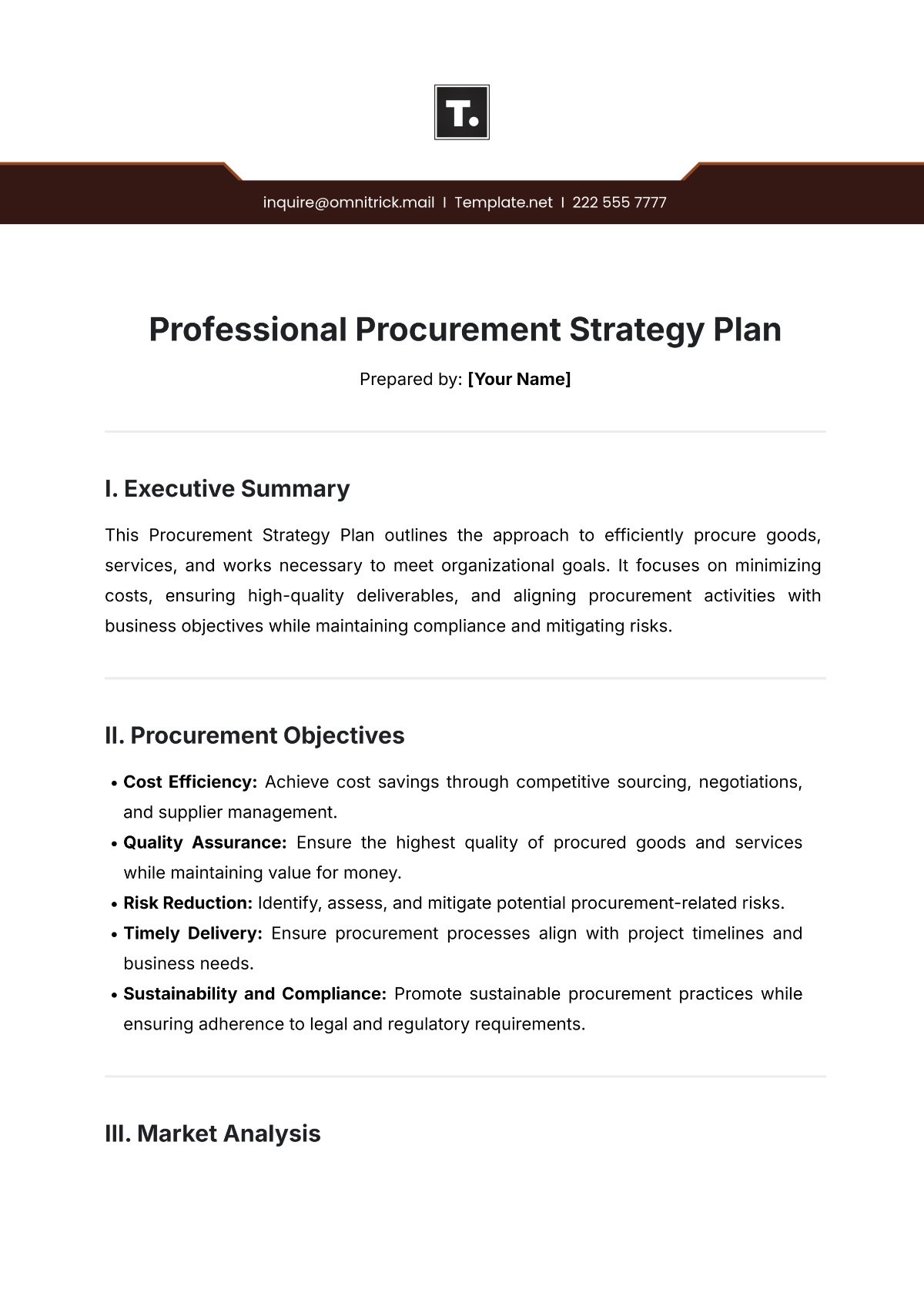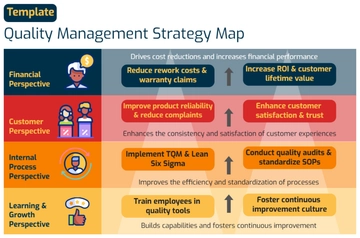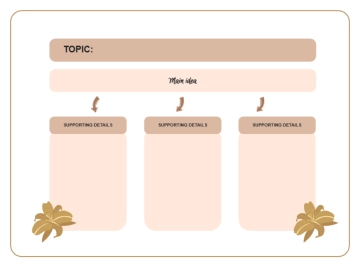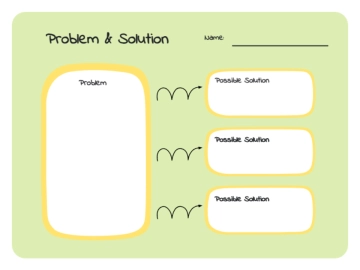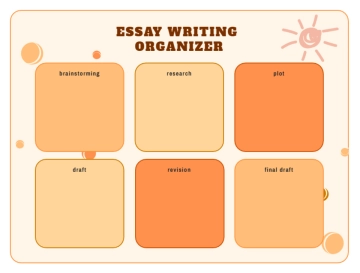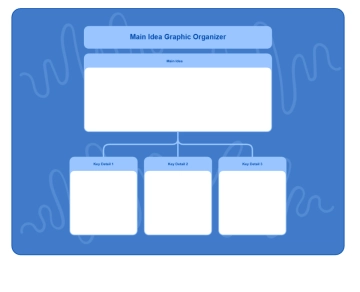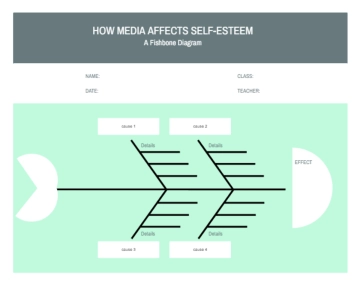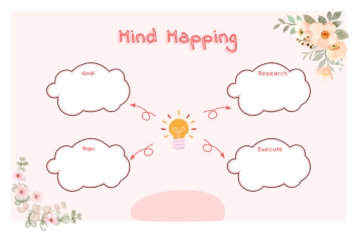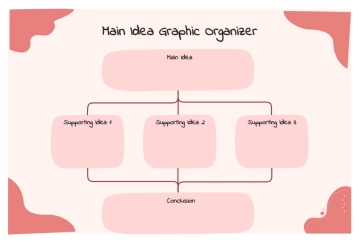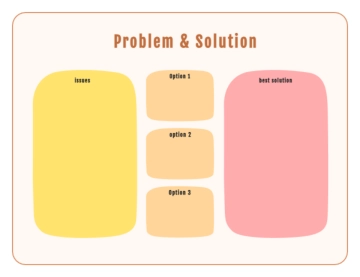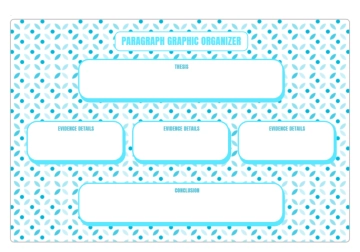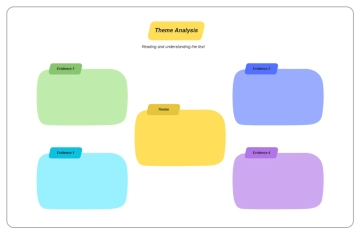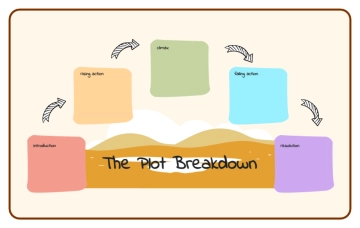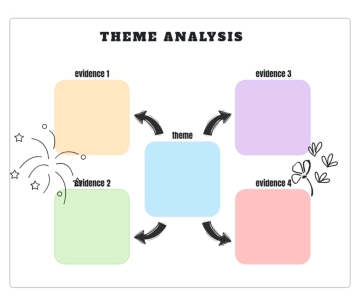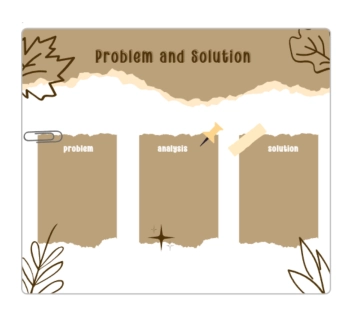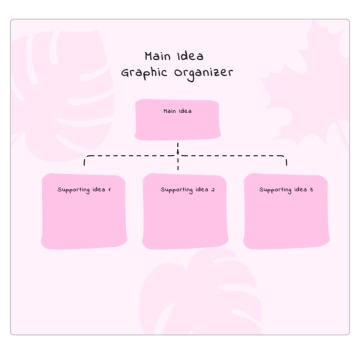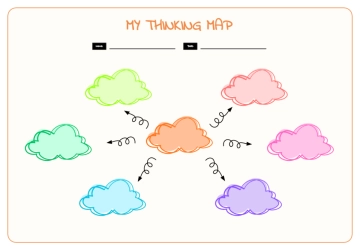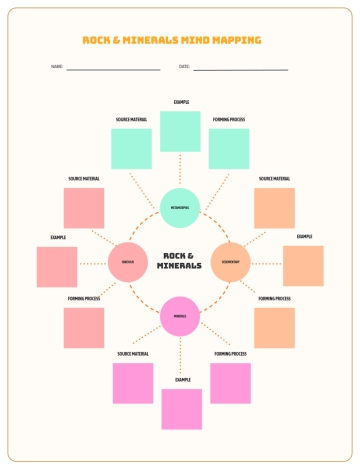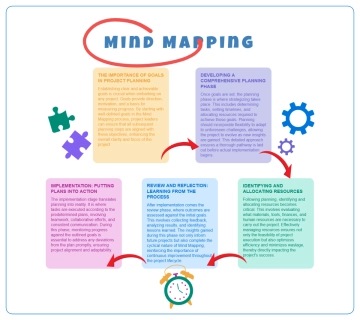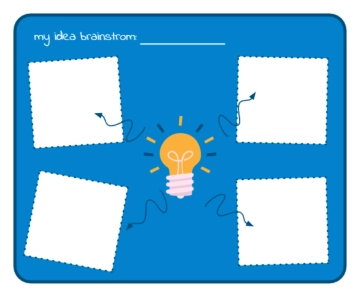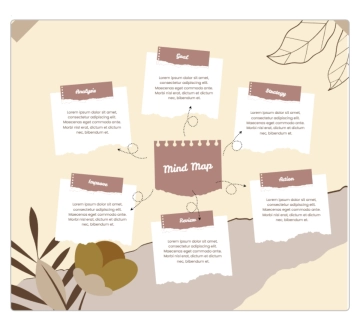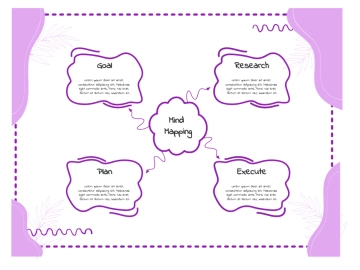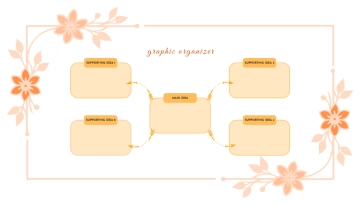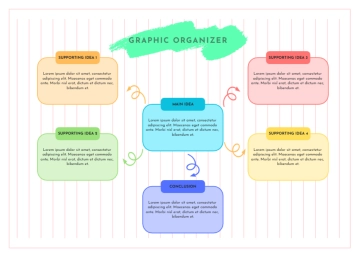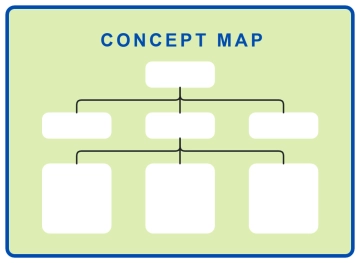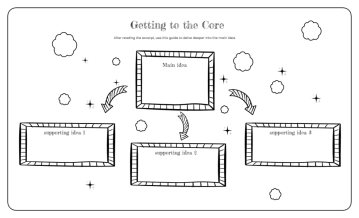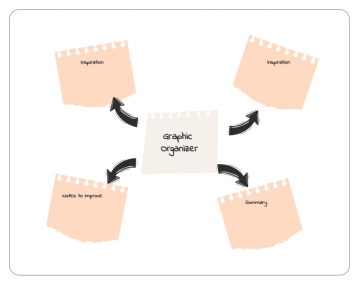Professional Procurement Strategy Plan
Prepared by: [Your Name]
I. Executive Summary
This Procurement Strategy Plan outlines the approach to efficiently procure goods, services, and works necessary to meet organizational goals. It focuses on minimizing costs, ensuring high-quality deliverables, and aligning procurement activities with business objectives while maintaining compliance and mitigating risks.
II. Procurement Objectives
Cost Efficiency: Achieve cost savings through competitive sourcing, negotiations, and supplier management.
Quality Assurance: Ensure the highest quality of procured goods and services while maintaining value for money.
Risk Reduction: Identify, assess, and mitigate potential procurement-related risks.
Timely Delivery: Ensure procurement processes align with project timelines and business needs.
Sustainability and Compliance: Promote sustainable procurement practices while ensuring adherence to legal and regulatory requirements.
III. Market Analysis
Industry Trends: Analyze current market conditions, including supplier availability, pricing trends, and potential disruptions.
Supplier Landscape: Identify key suppliers, their capabilities, and reliability to meet organizational needs.
Competitive Landscape: Understand the competitive environment to leverage advantageous sourcing opportunities.
IV. Procurement Methodology
Sourcing Strategy: Define the approach for sourcing suppliers, whether through competitive bidding, direct negotiation, or partnership agreements.
Supplier Selection Criteria: Establish key factors for supplier evaluation, including cost, quality, capacity, and past performance.
Contract Management: Develop standardized contracts, clearly defining terms, deliverables, and penalties for non-compliance.
Procurement Channels: Utilize various procurement channels such as e-procurement, strategic partnerships, and traditional purchasing to optimize sourcing.
V. Budget and Cost Management
Budget Allocation: Outline the total procurement budget and how funds will be distributed across categories (e.g., goods, services, overhead).
Cost Control Measures: Implement strategies like supplier negotiation, bulk purchasing, and long-term contracts to manage costs.
Cost Monitoring: Continuously monitor and track procurement spending to ensure it stays within budget.
VI. Risk Assessment and Mitigation
Supplier Risk: Evaluate risks associated with supplier stability, financial health, and delivery capacity.
Market Risk: Address external factors like market fluctuations, geopolitical issues, or material shortages.
Regulatory Risk: Ensure compliance with changing laws, standards, and regulations governing procurement activities.
Mitigation Strategies: Develop contingency plans, diversify suppliers, and establish long-term agreements to mitigate these risks.
VII. Supplier Management
Supplier Evaluation: Continuously assess suppliers based on performance, delivery timelines, cost, and quality.
Supplier Relationship Management (SRM): Build strong, collaborative relationships with key suppliers to ensure mutual success.
Performance Reviews: Regularly assess supplier performance against KPIs and provide feedback to improve processes.
VIII. Performance Metrics
Cost Savings: Track cost reductions compared to historical spending and benchmark industry standards.
Quality Control: Measure the quality of goods and services delivered against specifications and expectations.
Supplier Performance: Monitor delivery accuracy, timeliness, and customer service provided by suppliers.
Compliance Rates: Ensure that procurement activities consistently adhere to regulatory and ethical standards.
IX. Compliance and Ethics
Regulatory Compliance: Adhere to all relevant laws, regulations, and industry standards governing procurement.
Ethical Sourcing: Commit to fair trade, environmental sustainability, and supplier diversity in procurement decisions.
Transparency: Ensure that all procurement processes are transparent, documented, and open to audit to maintain integrity.
X. Implementation Plan
Timeline: Establish key milestones and deadlines for implementing the procurement strategy, ensuring timely execution.
Responsibilities: Assign roles and responsibilities to the procurement team, including the monitoring and evaluation of key activities.
Resources Required: Identify resources, tools, and technology necessary to successfully execute the strategy.
Monitoring and Reporting: Set up regular review sessions to assess progress and make adjustments as needed to stay aligned with objectives.
Procurement Templates @ Template.net
